Your pet is so much a part of your family that you would never think of hurting him. Yet even pet parents with the best intentions can unintentionally put their pet in harm's way. From too much food to unsafe car rides, you'll want to keep these five not-so-obvious dangers on your radar in order to help your furry BFF live their healthiest, happiest life.
01 of 05
Providing an All-Day Buffet
The danger: Neither cats nor dogs should be fed all day, as it contradicts internal rhythms that call for regimented, structured feeding times. When pets have access to food 24-7, they're likely to overeat—which can lead to obesity. An estimated 56 percent of dogs and 60 percent of cats are obese. "Obesity in most pets is largely the result of overfeeding," says Ernie Ward, DVM, founder of the Association for Pet Obesity Prevention and author of The Clean Pet Food Revolution. Obesity can set pets up for many kinds of health woes, including cancer, heart disease, and diabetes.
The solution: Schedule two daily feedings separated by eight to 10 hours, Ward says. Allow pets 30 to 45 minutes to eat, then pick up and remove any food that is left. While this works pretty well with dogs who usually eat everything at once, cats may take time to adjust. But don't worry. "Cats catch on quickly," Ward says. The one caveat? If your cat has diabetes or kidney disease, you may need to modify this schedule. Talk to your veterinarian about how much and how often your pet should be eating if you have any questions.
02 of 05
Using the Wrong Size Collar
The danger: Wearing a collar that is too tight or too loose is not only a safety issue, but a control issue as well. A too-tight collar can constrict blood to and from the brain, which can damage the trachea and even cause a pet to go unconscious. The same thing can happen with a loose collar if you're exercising with your dog and he starts to pull. The extra space in the collar (what Ward calls a force multiplier) added to the power of the dog's pull can generate enough force on the neck to injure the animal. Collars, even properly sized ones, also don't allow you to remain in control of your pooch, which can become an issue on walks when he springs for that rabbit that just darted across the street—not to mention allow him to wriggle out of it when you're least expecting.
The solution: Use the two-finger rule. If you can fit two adult-sized fingers between the collar and your pet's throat, the size is right. And while collars might be OK for a quick potty break outside, consider upgrading to a harness when walking your dog. The harness allows pressure to be distributed across your pet's back or sternum, giving you better control and eliminating danger, Ward says. As for collars on cats, Ward says he isn't a fan, unless it's for an outdoor cat and includes a bell to warn wildlife. If you do use a collar, whether for your cat or dog, get a breakaway one so your pet can't get stuck on anything.
RELATED: 10 Safe and Comfortable Cat Harnesses for All of Your Outdoor Adventures
03 of 05
Allowing Free Roaming in the Car
The danger: Thousands of dogs are injured in car accidents every year. Whether they're riding in the back of an open vehicle or wandering inside the car, they can become projectiles and get injured if that vehicle is in an accident, Ward says. The same goes for cars. If your pet is small enough, he can crawl under the pedals while you're driving and cause an accident. Plus, consider what may happen after an accident, even if your pet is fine. If somebody opens the door without knowing that an animal is inside, your pet could bolt and be killed by traffic or get lost.
The solution: Secure pets in the car anytime you take them for a ride. Place dogs (if going on a long trip) and cats in a properly sized crate or carrier, making sure it can't slide. If you're taking a short trip with your dog, a dog-friendly seatbelt and harness works well, Ward says.
04 of 05
Exposing Your Pet to Secondhand Smoke
The danger: Smoking isn't just bad for people; it's bad for pets, too. "Numerous studies show that secondhand smoke harms pets," says Tim Hackett, DVM, professor of emergency and crucial care medicine at Colorado State University in Fort Collins. "Almost any smoking-related disease in people can occur in pets."
The solution: If you're the smoker, quitting is best. Knowing how this habit affects your pets may provide motivation to quit, according to the journal Tobacco Control. At the very least, smoke outside, which will limit the harmful particulates your pets inhale. Never smoke in your car where particulates become ultra-concentrated. And don't think you're doing your pet a favor by using e-cigarettes. Dogs have gotten sick from inhaling the vapor and ingesting liquid nicotine after eating e-cigarettes. If you're not a smoker, but you have friends and family who are, make them aware of these dangers. Don't let them smoke in your car. And if they're taking care of your pet, ask that they refrain from smoking around your pet in the house and in the car—especially if they light up while driving.
05 of 05
Skipping Heartworm Preventative
The danger: Heartworm is caused by worms transmitted by mosquitoes that have bitten an infected animal. When the infected mosquito bites a dog or cat, that animal can get sick, says Chris Adolph, DVM, senior veterinary specialist at Zoetis, Inc. in Tulsa, Oklahoma. Heartworms can damage the lungs, heart and arteries in dogs and cause long-lasting respiratory disease in cats. If not treated, these conditions can be fatal.
The solution: Regardless of your zip code or pet's lifestyle, all pets need year-round heartworm prevention. Depending on which formulation you choose, the preventative needs to be applied or ingested monthly, every six months, or yearly. Just don't skip an application. Even one month without medication can make your pet vulnerable, Adolph says. Treatment for heartworms is intensive and can include medications, many of which cause pain and tenderness in pets; exercise restriction; supportive care; and possibly hospitalization.



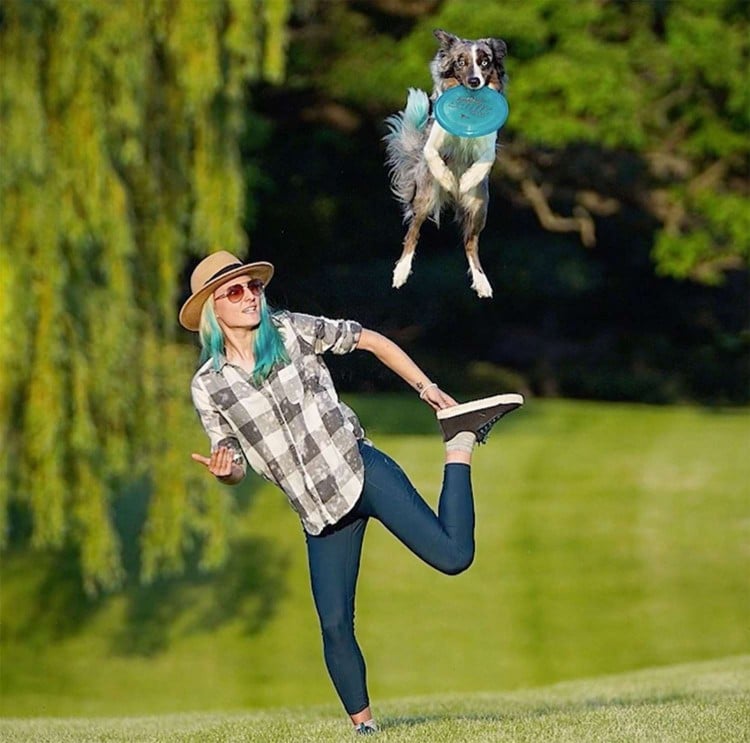
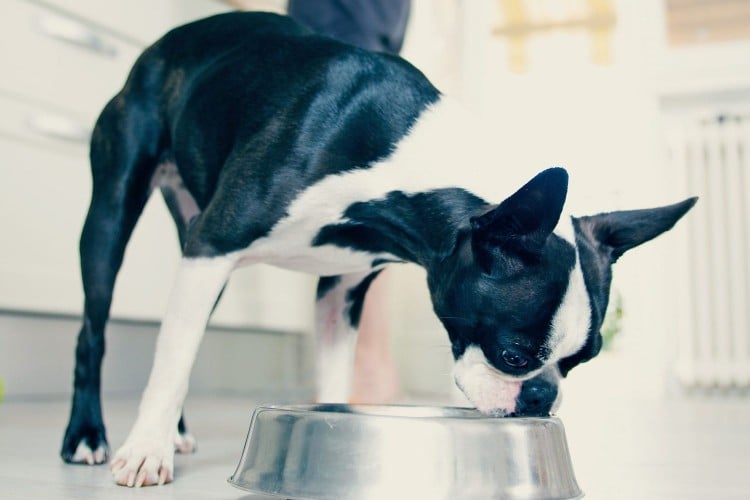
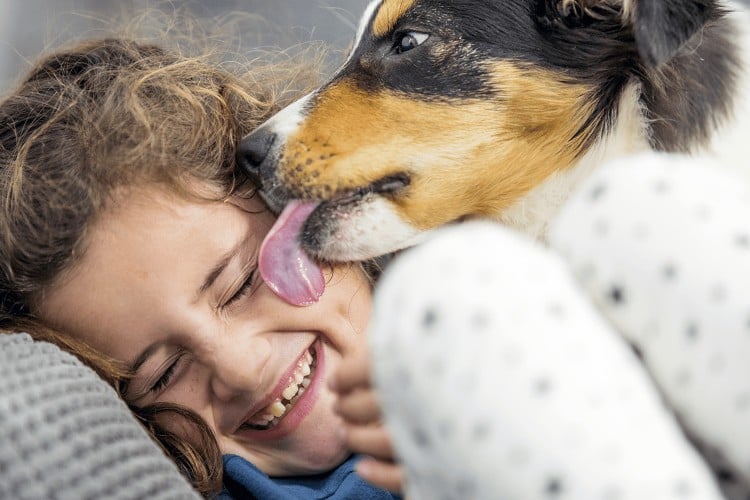
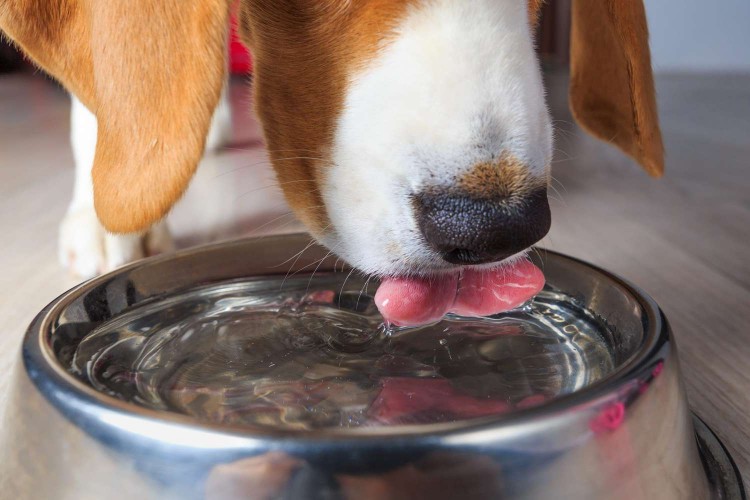


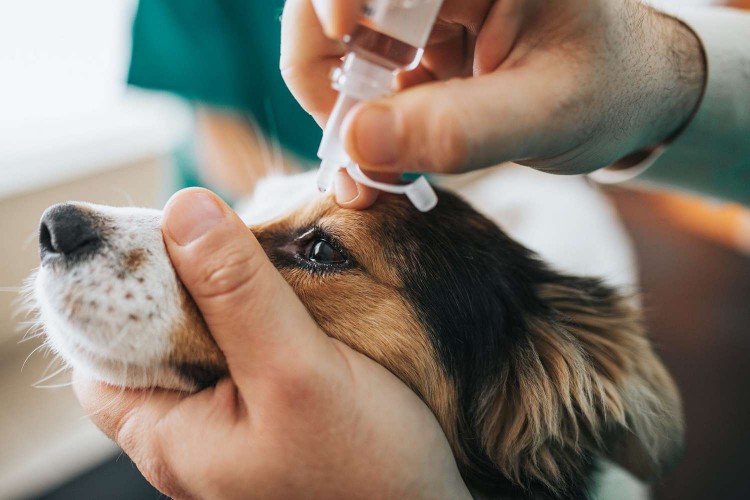
Comments on " 5 Mistakes You Might Be Making That Can Cause Your Pet Serious Harm" :